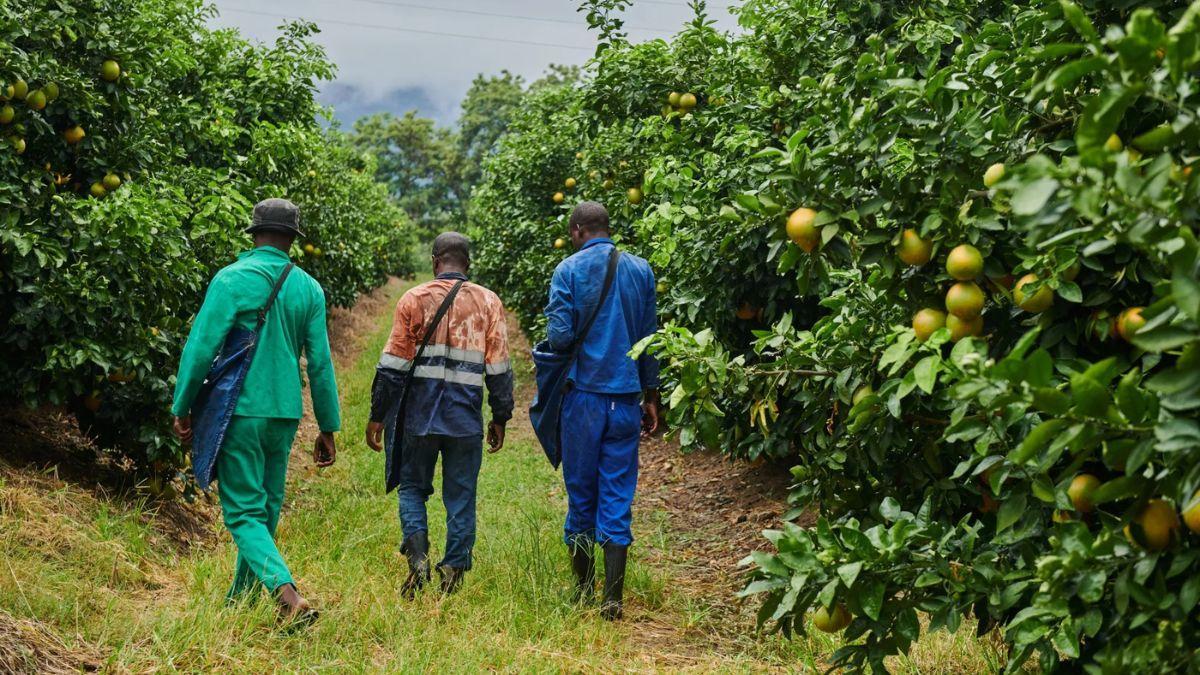Africa-Press – South-Africa. South African citrus growers are slowly taking over one of Europe’s most traditional fruit markets, and Spanish farmers are not pleased.
In recent months, representatives from Valencia’s main farming associations have been raising the alarm, arguing that South African exporters are beating Spain in its own backyard by undercutting local prices and dominating early-season supply.
At the centre of the dispute is a trade agreement between the European Union (EU) and South Africa, signed in 2016.
This agreement reduced tariffs and opened the European market to greater volumes of South African citrus. Since then, Spanish farmers say the consequences have been dramatic.
The Valencian agricultural association, Ava-Asaja, claimed production of early clementines and satsumas in Spain has dropped by 40% since the agreement came into effect, falling from 361,226 tonnes in 2016 to 211,718 tonnes today.
The group argued that this decline is directly linked to the surge in South African mandarins, which overlap with the first phase of the Spanish growing season.
According to their data, South African shipments of late-season mandarins to Europe have more than tripled in a decade, rising from 53,869 tonnes to 180,140 tonnes.
Spanish farmers say this is no coincidence. They point to an aggressive planting push in South Africa, where more than 10 million late-season mandarin seedlings were planted between 2012 and 2017 alone.
The association said that this planting spree represents around 24,000 hectares of new orchards with the potential to produce about 750,000 tonnes annually once mature.
They also argued that this strategic expansion was designed to take advantage of the European market opening and push out European growers.
The president of Ava-Asaja, Cristóbal Aguado, has gone so far as to describe the situation as an “unstoppable replacement” of European citrus by South African fruit.
He claimed the trade is unfair, pointing to differences in labour costs, environmental regulations, and carbon footprint considerations.
South African farmers see massive growth in exports
The association has also raised alarms about what it described as phytosanitary risks. The group said that detections of citrus black spot and false codling moth in South African shipments have increased, citing European Commission monitoring records.
In one case, they noted that a shipment of South African oranges arrived with live false codling moth larvae, which should have been eliminated by mandatory cold treatment.
These complaints have prompted Ava-Asaja to lobby European lawmakers and Commission officials to review the trade agreement and even consider closing EU borders to South African citrus until stricter safety guarantees are in place.
The CEO of the Citrus Growers’ Association of Southern Africa, Boitshoko Ntshabele, said EU phytosanitary requirements to combat false coddling moth (FCM) and citrus black spot (CBS) had continued to be a hurdle.
However, he added that it mainly impacted small farmers trying to enter the market adversely, and farmers had spent R3.7 billion to meet the EU standards. The matter is currently before the World Trade Organisation (WTO).
Ava-Asaja further argued that the current situation is driving Spanish farmers out of business, leading to abandoned orchards and rural economic decline.
While Spanish farmers are sounding the alarm, South Africa’s citrus industry has continued to gain ground in Europe.
Recent EU import data shows the scale of this shift. By September 2025, the EU had imported more than 752,000 tonnes of oranges from non-EU sources.
South Africa accounted for 132,443 tonnes in that month alone, making up more than 78% of all imported oranges.
From January to September, South Africa shipped 308,251 tonnes of oranges to Europe, a 45% increase from the previous year. Small citrus varieties followed a similar trend, rising by 24.5% year-on-year.
Several global trade developments have reinforced this momentum. The United States imposed a 30% tariff on South African citrus in 2025, pushing South African exporters to redirect more volume to Europe.
At the same time, the EU is phasing out all remaining tariffs on South African oranges, with full removal scheduled for 2026. This has made Europe an even more attractive market.
The growth of South African citrus exports has coincided with the start of Spain’s picking season, adding pressure on local producers.
Spanish exporters said they face lower early-season prices, slower sales, and reduced bargaining power. The shift is now widely felt across the citrus belt of the Valencian region and other major Spanish growing areas.
For More News And Analysis About South-Africa Follow Africa-Press






